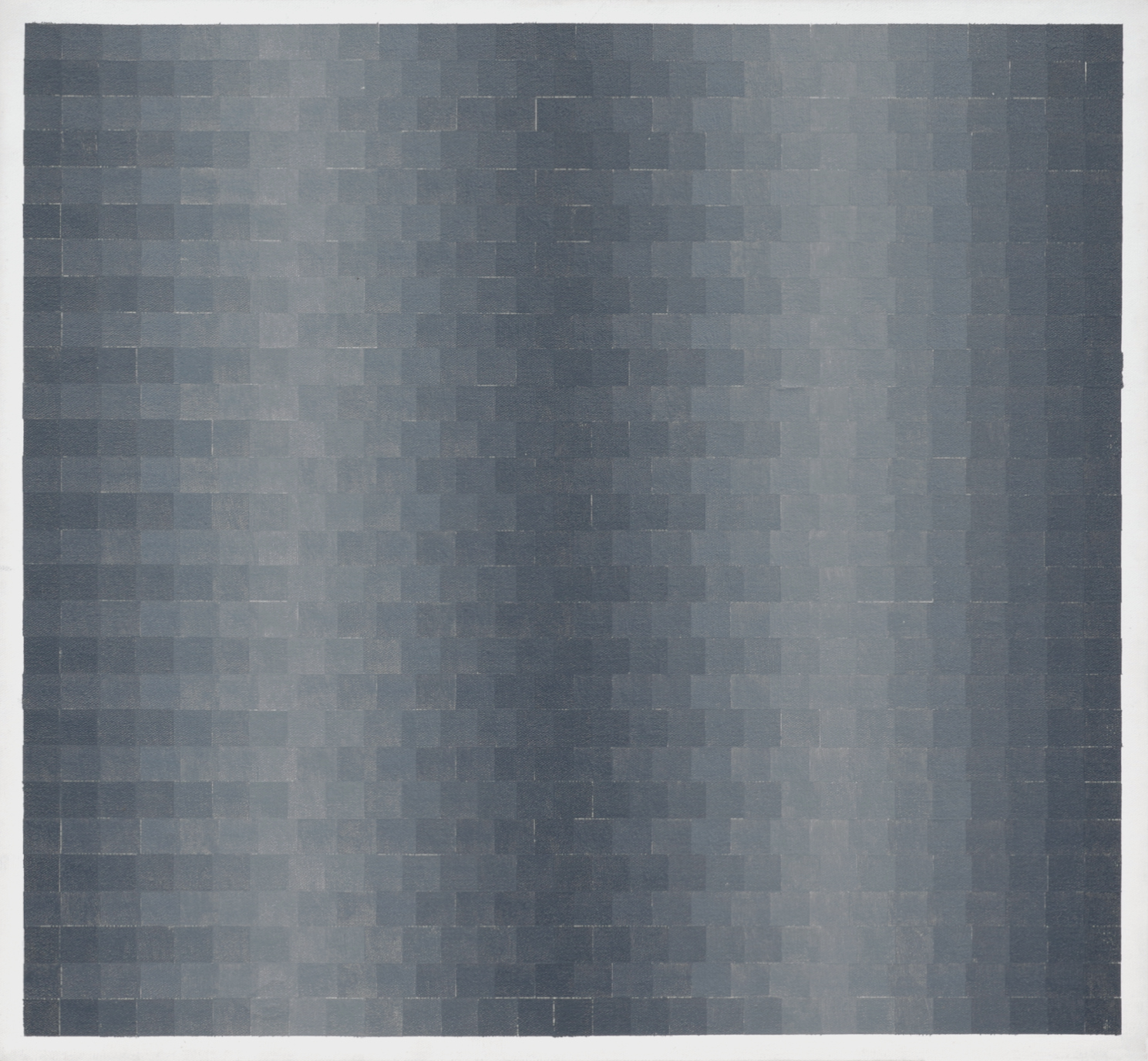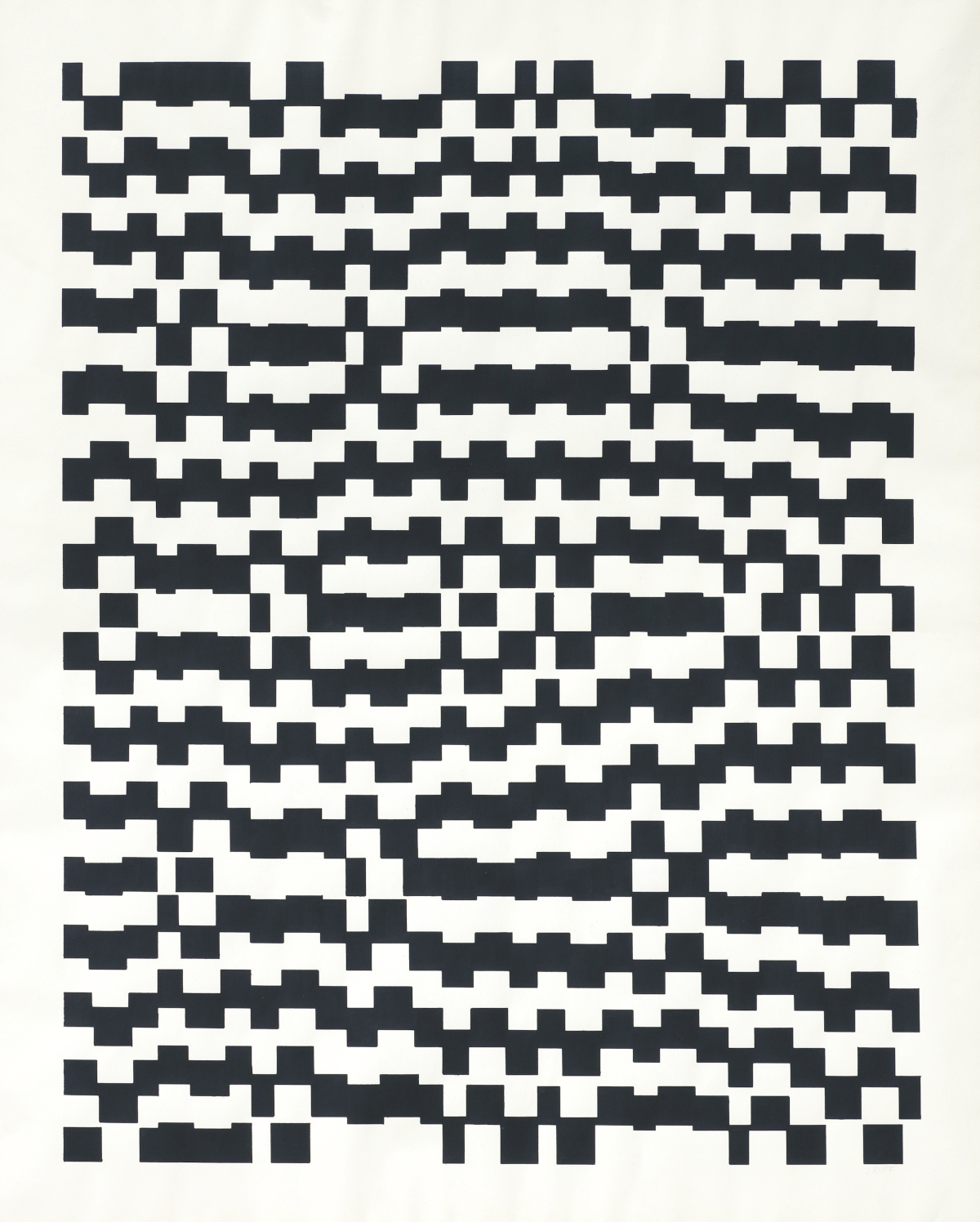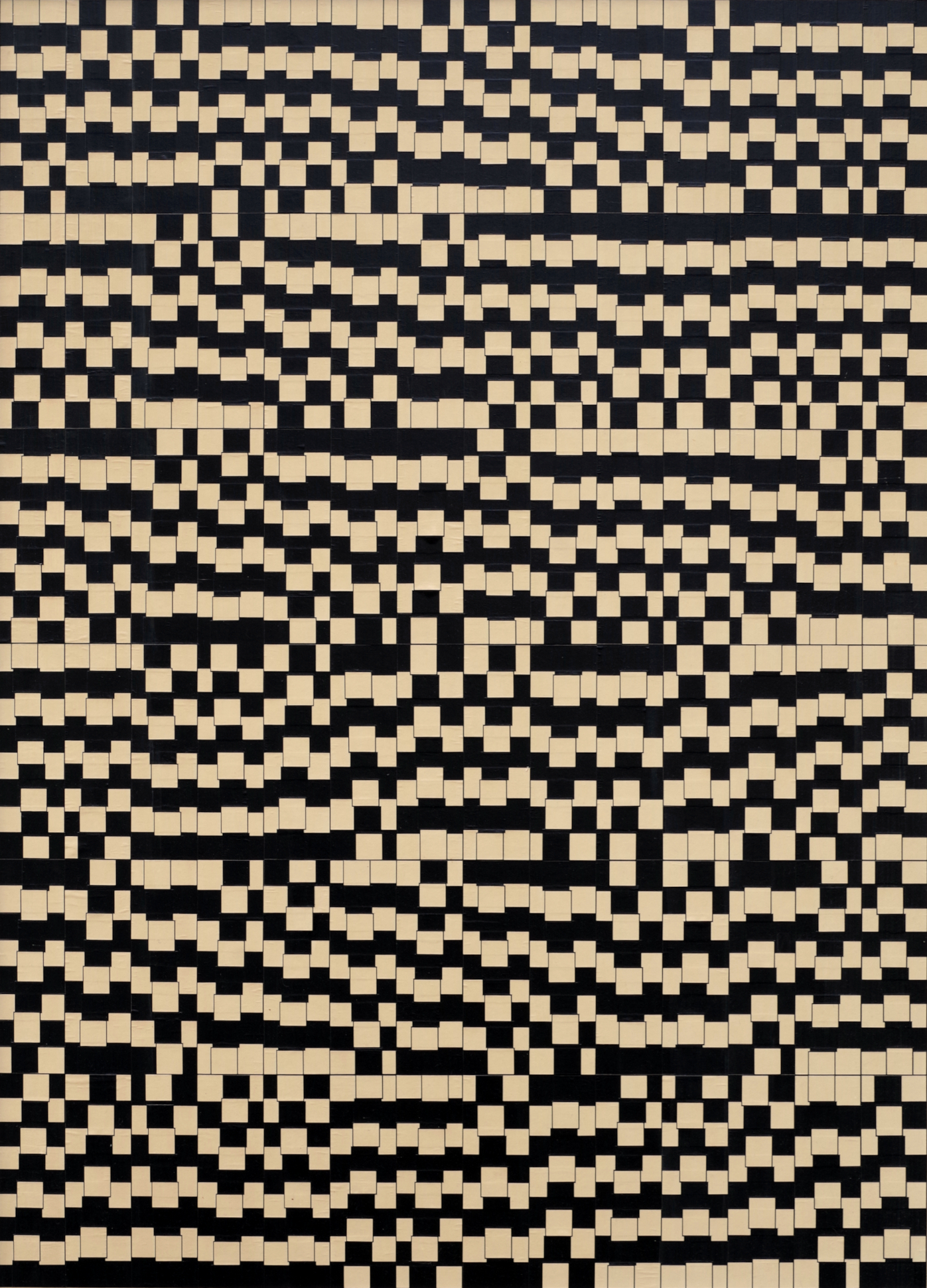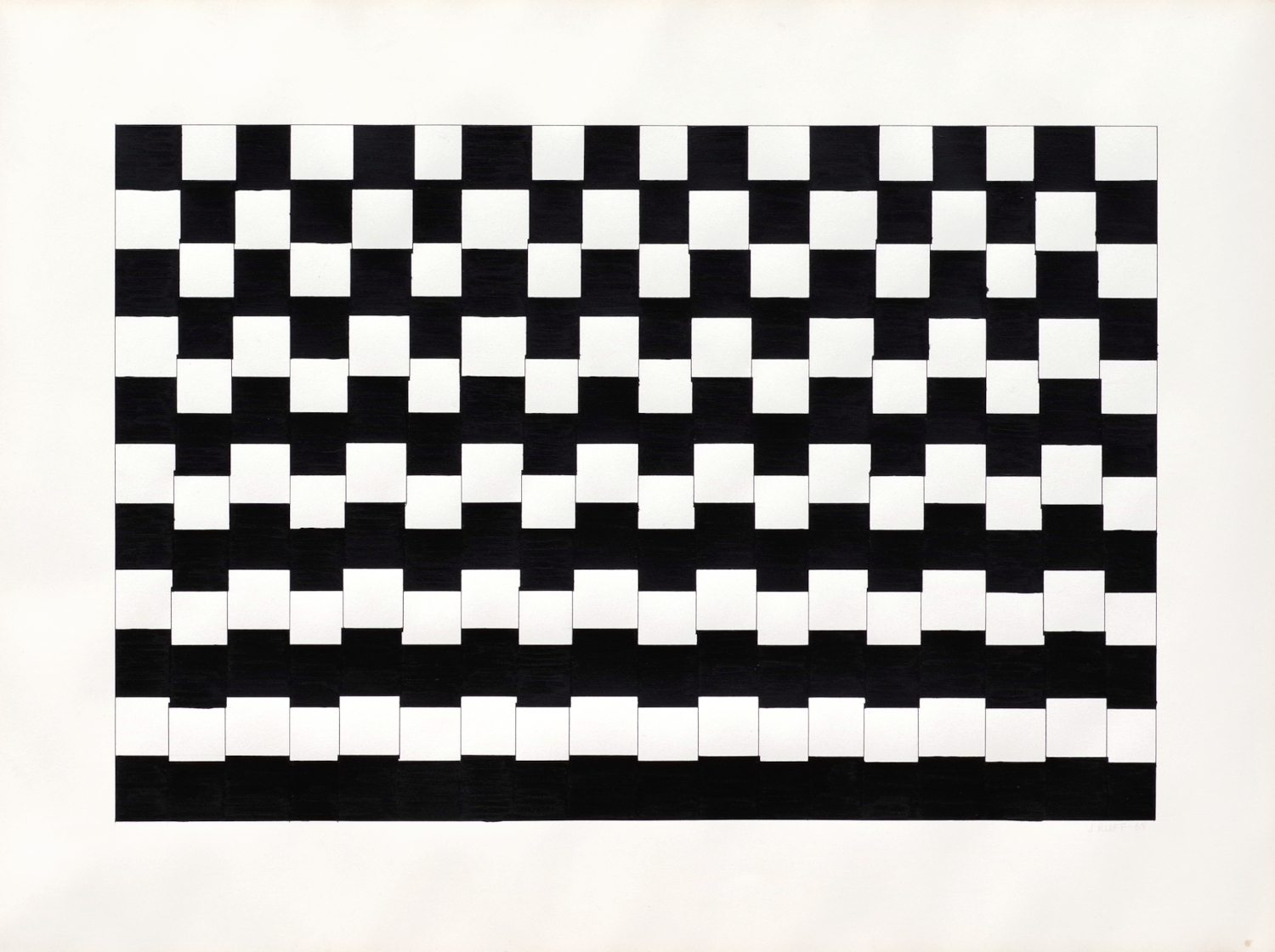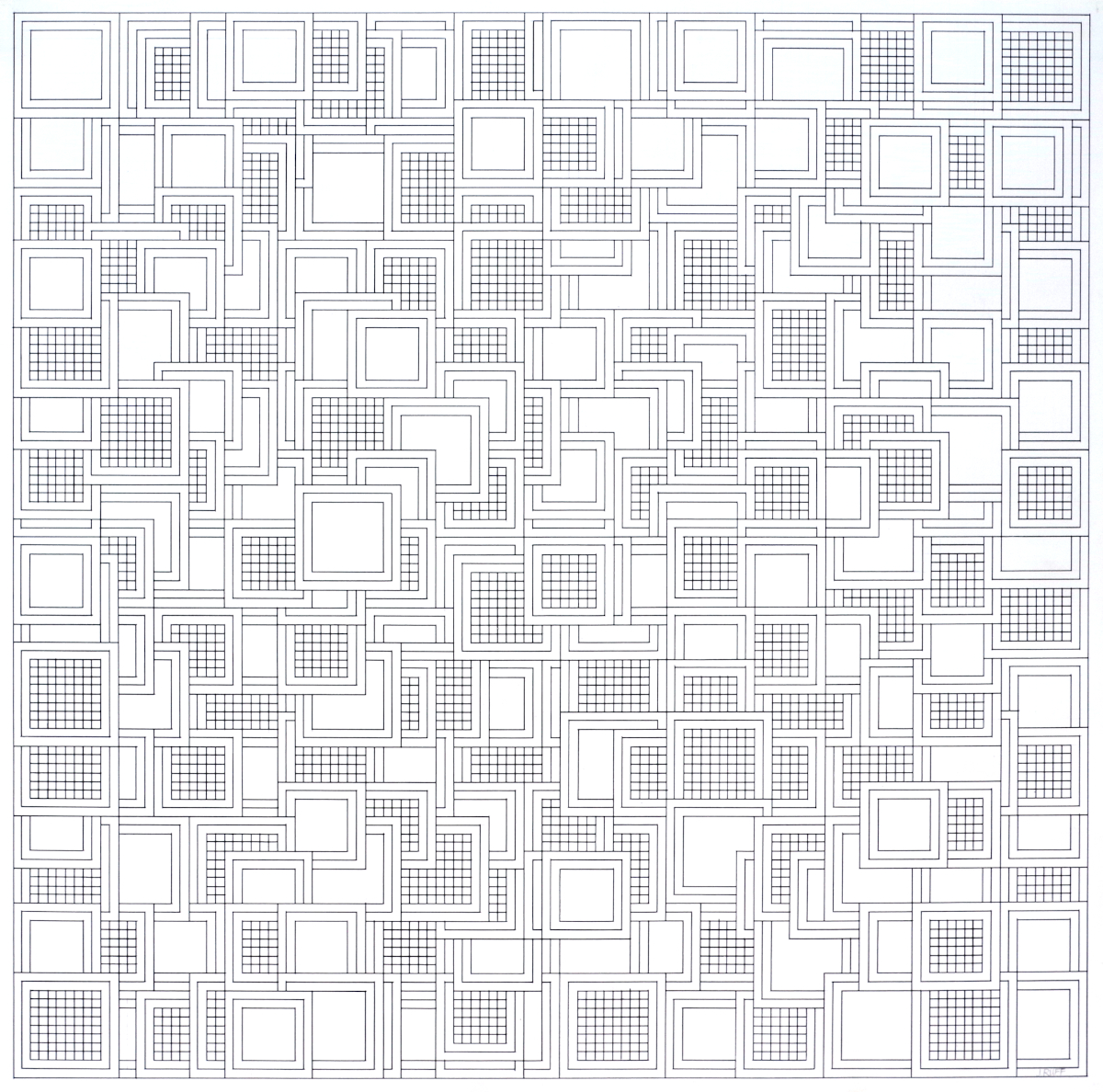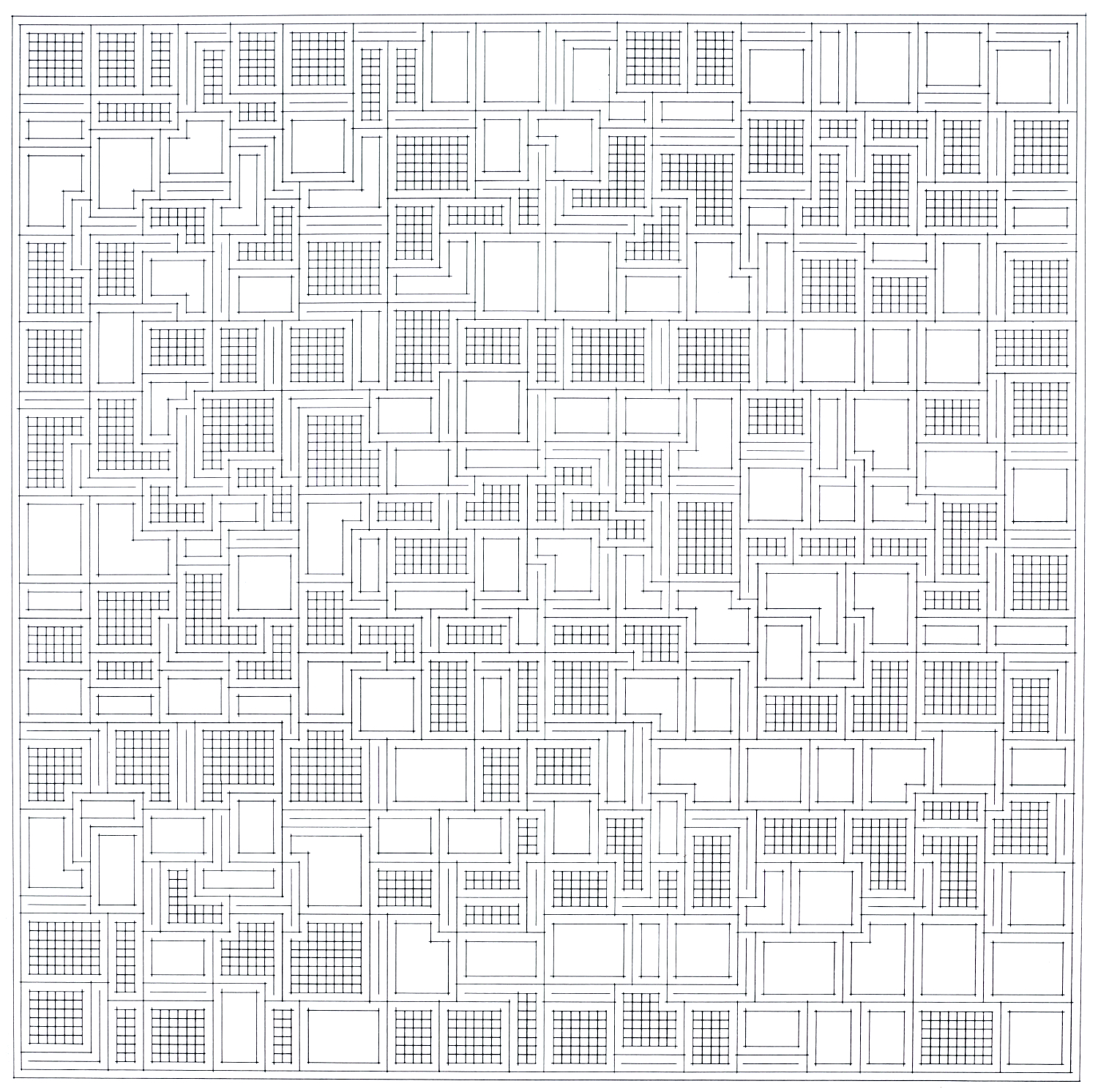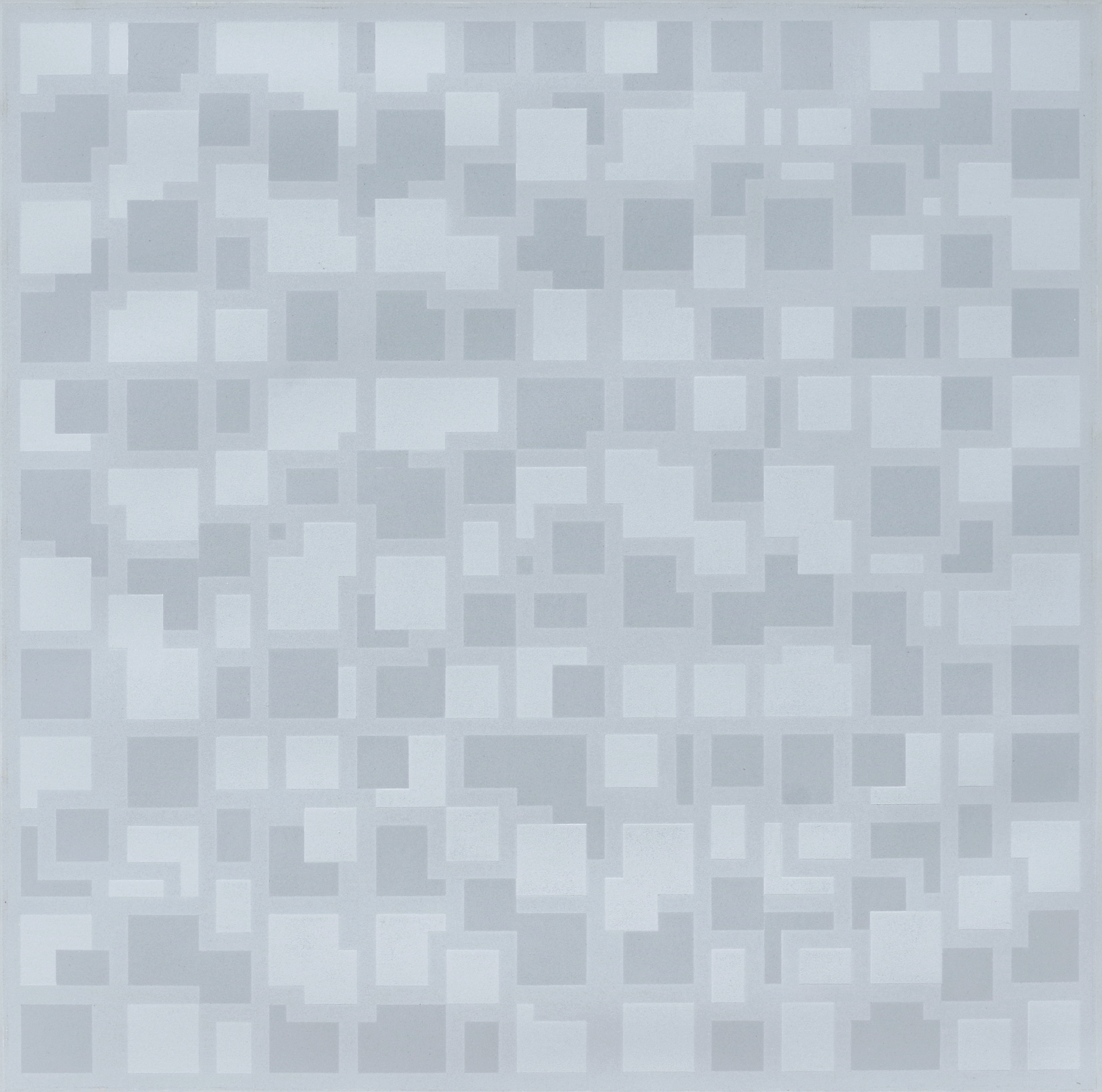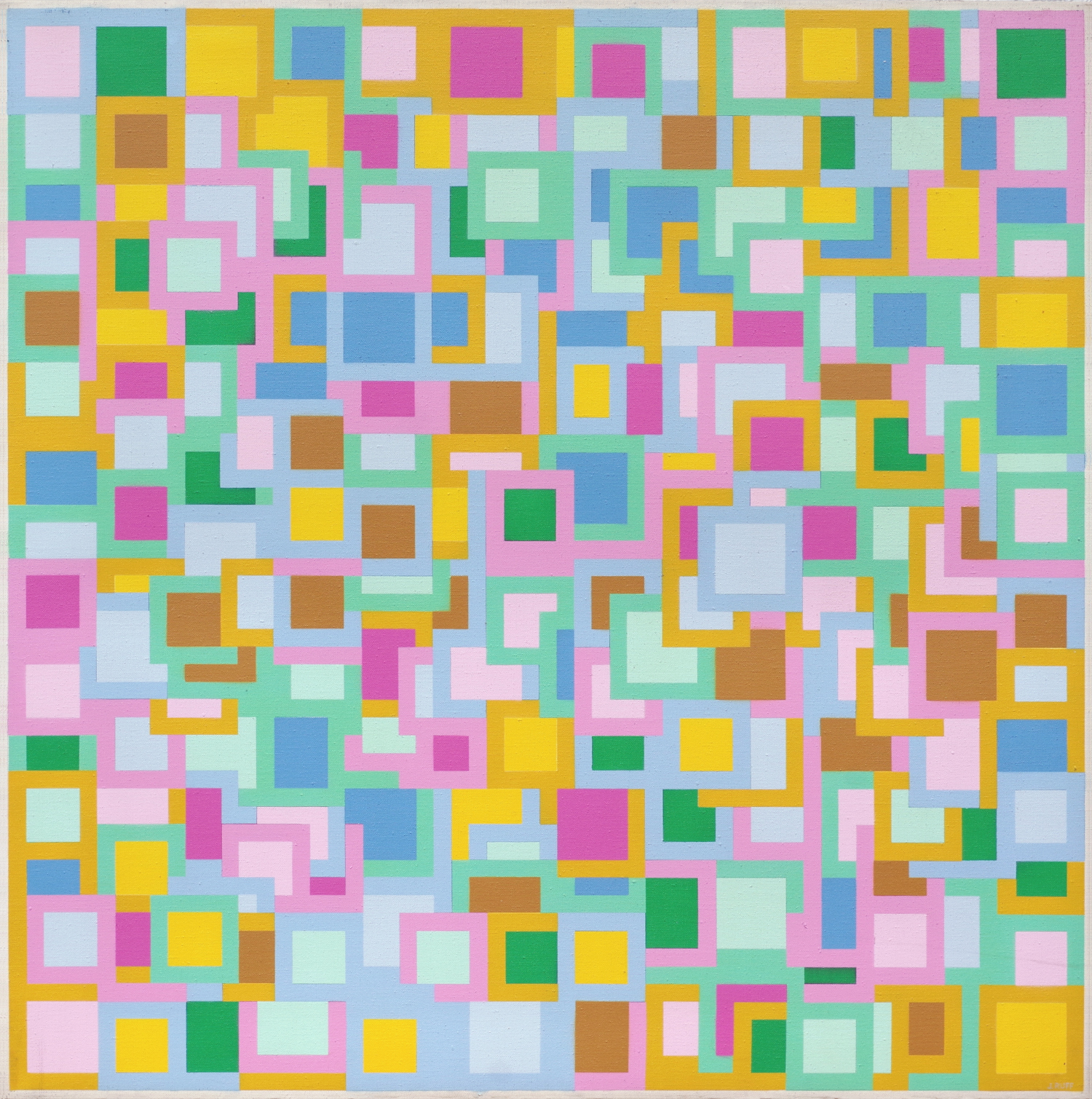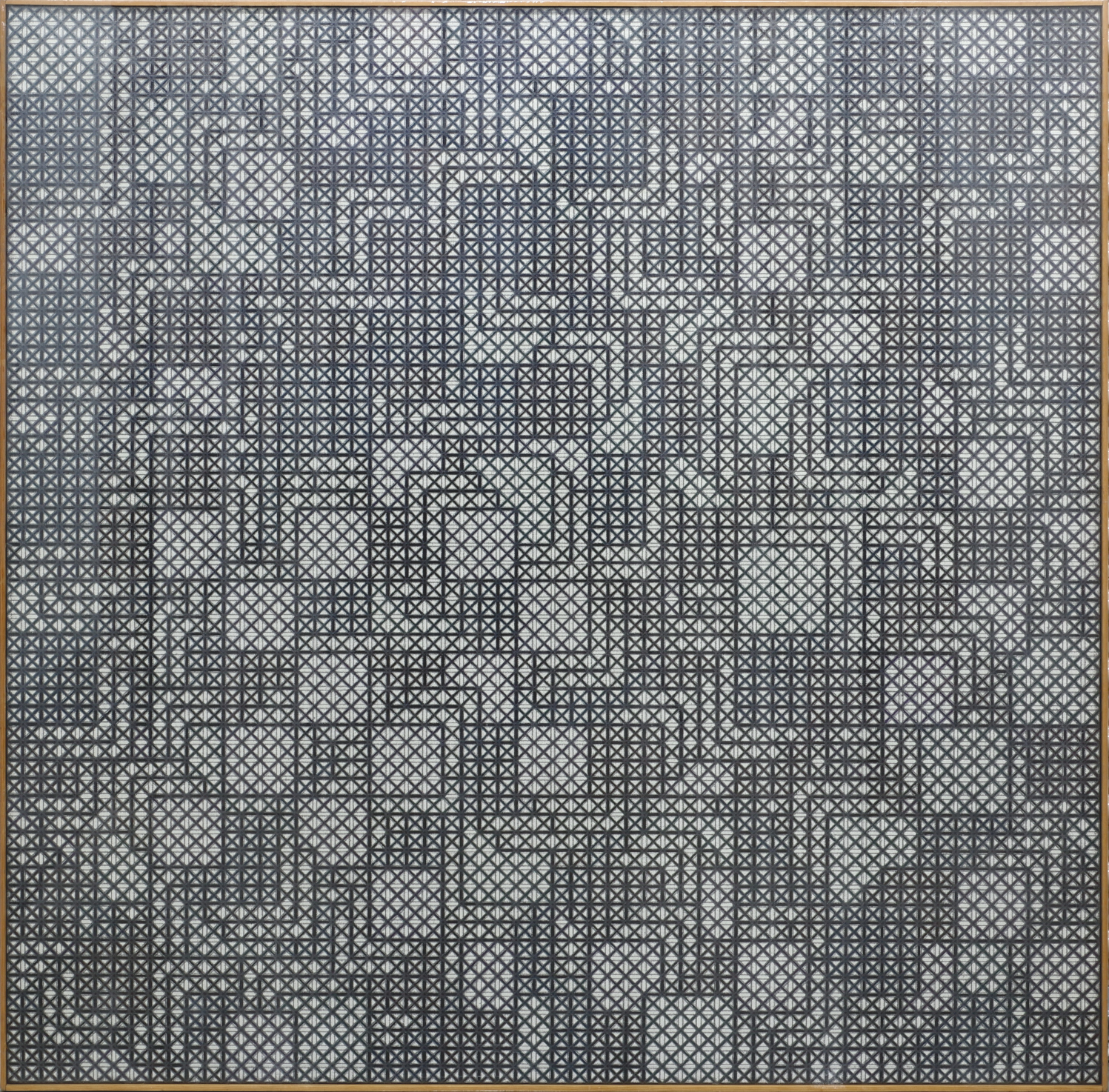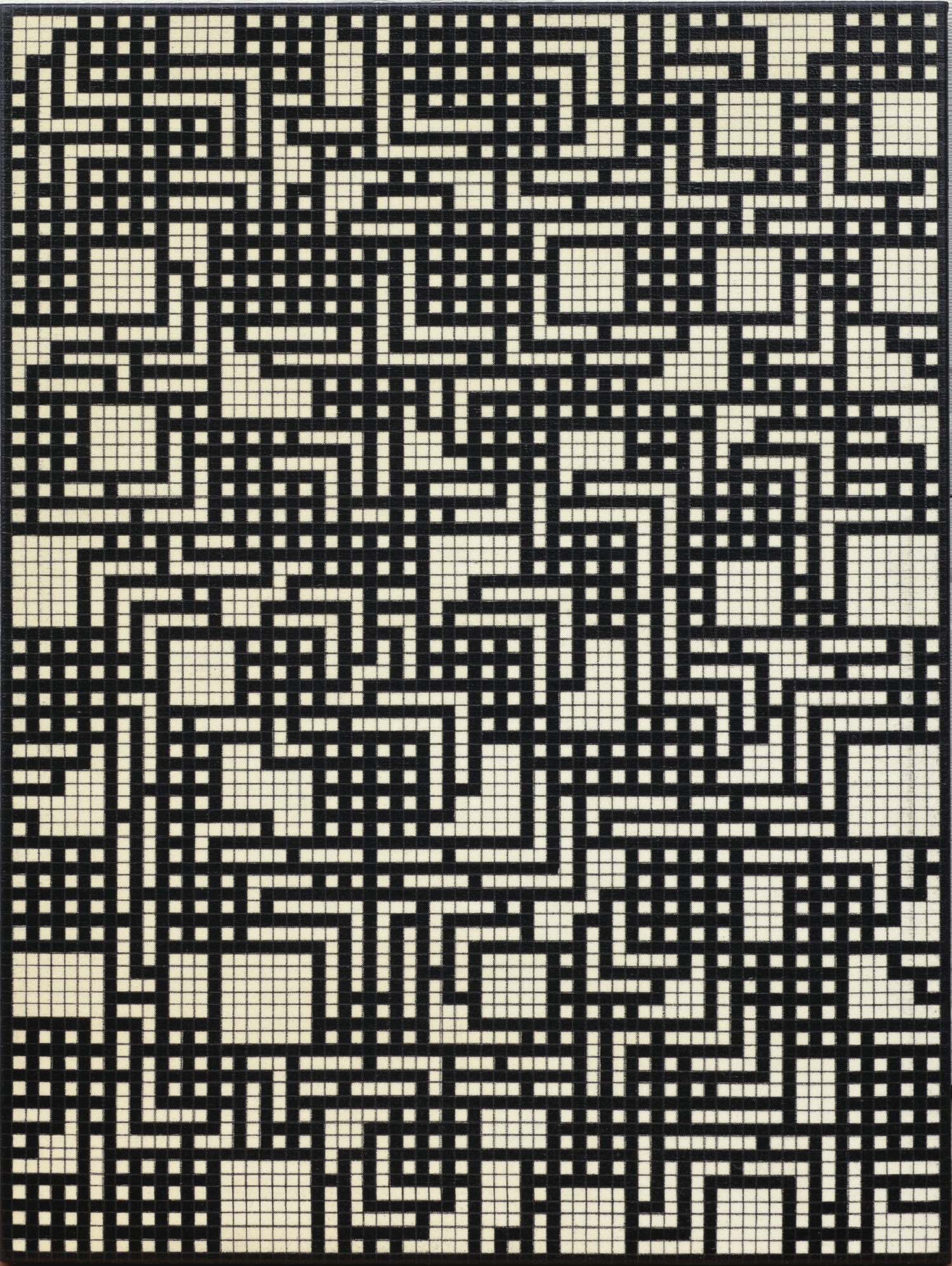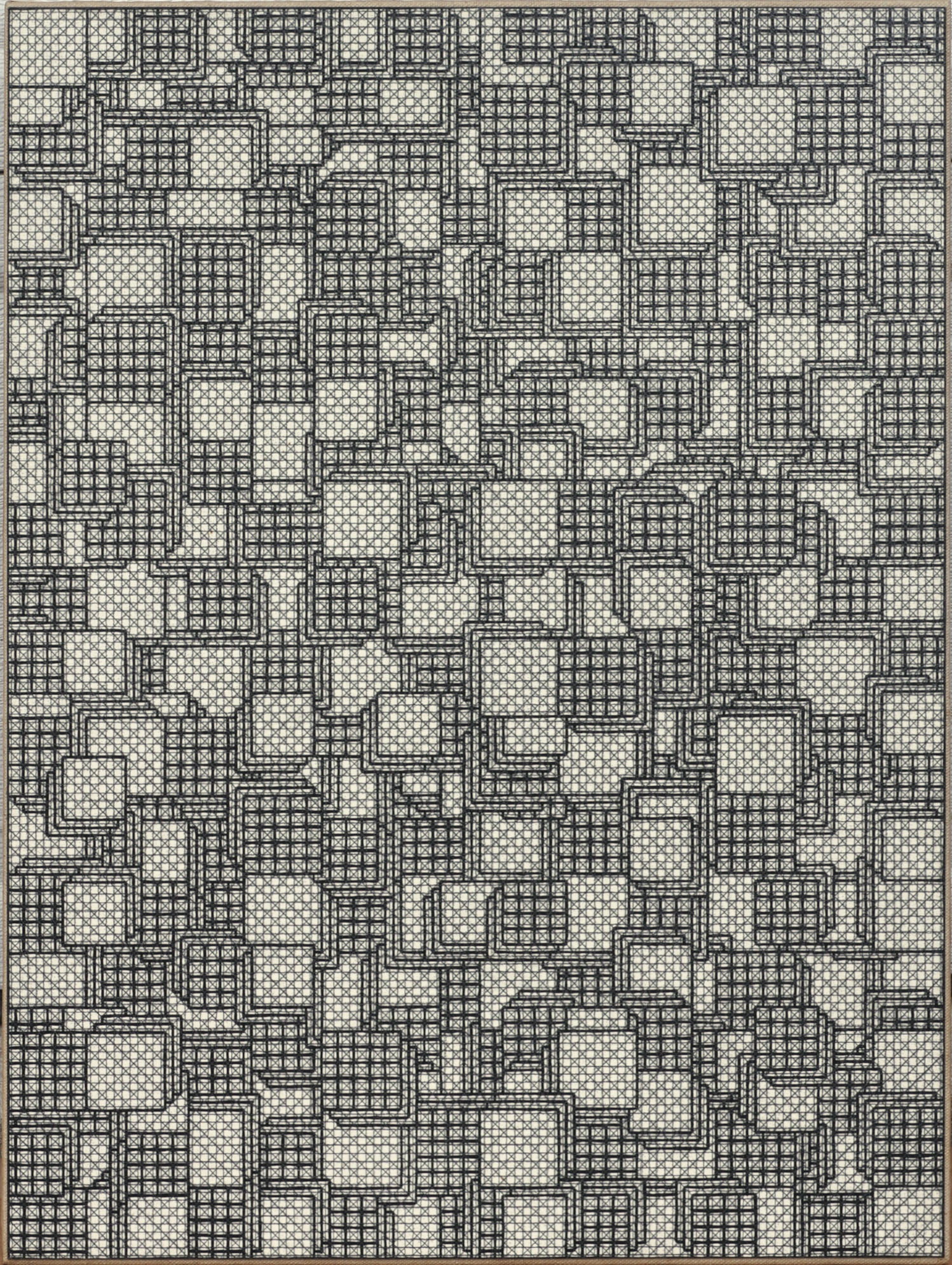FROST FINE ART
JOHN RUFF
John Ruff was born in 1944 in Jackson, Mississippi, and grew up in a small town near Pittsburgh. As a summer-school student at the Cleveland Institute of Art in 1964 he met the artist Edwin Mieczkowski, and began to study drawing with him; formally at the institute for two summers and informally for several years afterwards. As a result he also met the other members of the Anonima group, Ernst Benkert and Francis Hewitt, and worked in close personal association with them until the group dispersed in the early 1970's. He learned much from these artists; about painting and the creative process, as well as thinking and being able to talk about art. Ruff moved to New York City in 1968, and he continued to live and work there for the next thirty-five years.
In 1972 Ruff’s work was included in the exhibition "Matrix International" at the Art Research Center in Kansas City. Founded in the mid 1960s, the Center was an interesting collaborative exhibition space that showed much of the innovative work of the European 'New Tendencies' group. This was followed in 1975 by a show of his drawings and paintings in one of ARC's "Process Exhibition Series" of shows.
Much like the Anonima artists, Ruff has eschewed pursuing commercial opportunities to exhibit his work. In 1986 a number of paintings were included in a joint-exhibition at OK Harris Gallery, New York City, and two years later his work was featured in the Cleveland Institute of Art exhibition "Geometric Abstraction: A Cleveland Tradition.”
Beyond this he has been content to let his art evolve following the ideas and processes he first worked with in the 1960s. Drawing and painting interest him. As a way of looking at the world, he has always felt the need to depict some layout of surfaces - however abstract or ideal. The artist’s trust, he believes, is keeping the means of depiction in good working order - whether words or sounds or marks or gestures.
Also like the Anonima artists, Ruff's geometric works are created within a structure of rules for a particular work, that then evolves based on these rules as set by the artist. As he has written; "The purpose of a system is not to guarantee success. The system is crucial because it leaves the painter in possession of the facts of how he created a particular painting. At least now there is a chance of making changes without losing everything else...Finally, a method or system is probably more important for organizing the movement from painting to painting than for anything it might do to an individual one, and it is this movement which allows a painter to get somewhere other than where he already is."
Ruff has not been involved in any way with the computer art movement, however he has used the computer as a tool in his work. As he writes;
"In the late 1960s I started computing my drawings (up to a point) according to a set of rules that were made ahead of time. The computation was a series of random choices made from whatever the rules allowed at that stage in the drawing. The rules included a list of potential elements and how they were to be added to the developing drawing. The computations were carried out by hand, i.e. with pencil and paper. Starting in the 1980's the computation was done on an Apple //e by programs I wrote in Applesoft basic and, of necessity, more and more in assembly language...Thus any painting for which one of these drawings was the preliminary drawing could be said to have been computed, again up to a point.
"For me the computer was a labor saving device in a long string of random choices—both for ensuring that the choices were actually random and for keeping track of increasingly more complex rules. The idea is that there is a set of rules that determines what is possible in a given drawing, which includes the basic elements and where they can be put, what arrangements are disallowed, etc. The drawing develops stochastically within the limits set by the rules by a series of random choices from what is then allowed, i.e. depending on what has actually been chosen so far. Any particular set of rules is the result of a back and forth between prior sets and what they produced."
John Ruff lives and works in upstate New York.
